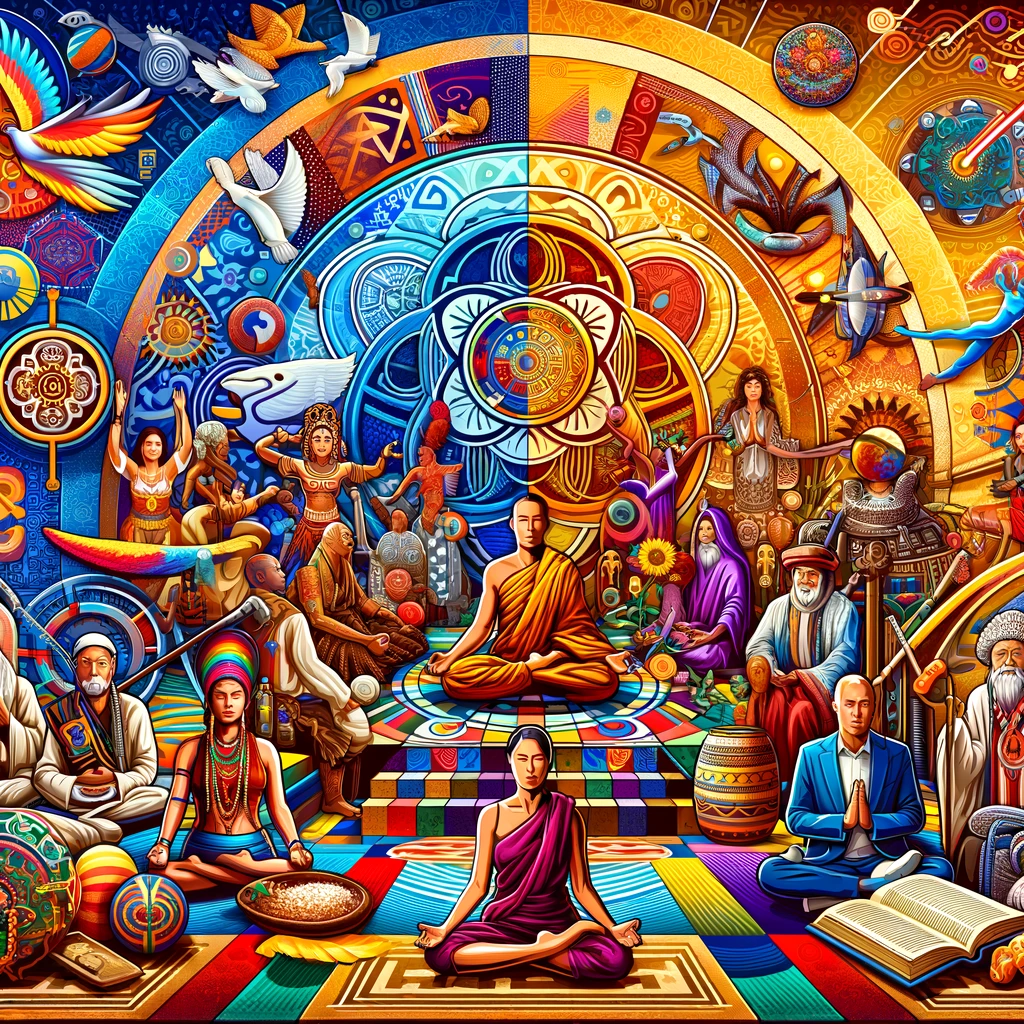Introduction
Anheihe, a term shrouded in cultural richness and historical significance, serves as a symbol of diverse traditions and practices across various cultures. This article delves into the roots, expressions, and impacts of Anheihe, exploring its evolution from ancient rituals to its role in contemporary society.
The Origin and History of Anheihe
Tracing back to ancient times, it originated in a context that blends mysticism with everyday practices. This section explores the archaeological and historical evidence that outlines the early forms of anheihe, highlighting its significance in ancient civilizations and how it has shaped cultural identities.
The Fascinating Culture of Anheihe
Anheihe is not merely a practice but a cultural phenomenon that encapsulates a way of life. This segment examines the customs, beliefs, and values associated with its providing a lens through which to view its role in societal development and personal identity.

fanzineworld.com
Anheihe Across Cultures
Eastern Practices
In Eastern traditions, it is often intertwined with spiritual and philosophical teachings. This part will discuss how Anheihe is integrated into daily rituals, its philosophical underpinnings, and its influence on Eastern thought.
Indigenous Traditions
For indigenous communities, Anheihe represents a deep connection to the land and ancestral wisdom. This section will cover the unique practices of Anheihe among indigenous peoples, emphasizing its role in communal and spiritual life.
Modern Western Adaptations
The adaptation of Anheihe in Western cultures illustrates a blend of reverence and innovation. Here, we explore how Anheihe has been reinterpreted in modern Western contexts, influencing everything from lifestyle choices to therapeutic practices.
Traditional Practices and Rituals
Delving deeper into the ceremonies and rituals of Anheihe, this part describes the traditional methods of practice, the symbols used, and their meanings. It also discusses how these rituals have been preserved or transformed over time.
Anheihe in Modern Entertainment
Anheihe has found a place in films, literature, and music, where it often symbolizes complex themes of identity and transformation. This section analyzes how it is represented in various forms of entertainment and its impact on popular culture.

Lifestyle and Cultural Influence
Anheihe influences various aspects of lifestyle, including fashion, diet, and wellness. This segment discusses how Anheihe-inspired trends permeate daily life and how they reflect broader cultural values.
Impact on Arts and Design
Anheihe’s aesthetic elements have inspired artists and designers worldwide, leading to unique art forms and design motifs. This part explores the visual and performative arts influenced by it, showcasing examples from different media.
Social Interaction and Community Building
Anheihe fosters community and social bonding through shared practices and mutual understanding. This section examines how its supports community building, enhances social interactions, and facilitates cultural exchange.
Educational and Cultural Exchange
The educational aspect of its involves learning about and from different cultures, promoting a global understanding. Here, we look at how Anheihe is taught and shared across cultural boundaries, enhancing global connectivity.
Challenges and Opportunities
While Anheihe offers a rich tapestry of cultural expressions, it also faces challenges such as cultural appropriation and misrepresentation. This part addresses these issues, discussing the balance between popularization and preservation.
Preserving and Celebrating Anheihe Heritage
Efforts to preserve it involve both traditional and innovative approaches. This section highlights initiatives aimed at maintaining the integrity and authenticity of its practices. Preserving and celebrating it heritage is crucial for honoring the rich cultural tapestry of the Anheihe community. This involves safeguarding traditional practices, languages, and rituals, ensuring they thrive for future generations. Festivals, museums, and educational programs play pivotal roles in this celebration, allowing both Anheihe and others to deeply connect with and appreciate the unique history and ongoing contributions of the Anheihe people to our shared global culture.
Conclusion
its remains a vibrant and evolving part of global culture, embodying the diversity and unity of human experiences. As it continues to influence various aspects of society, its offers a unique perspective on the interplay between tradition and modernity, urging us to appreciate and respect its profound heritage.
FAQS
1. What are the core traditional practices of the Anheihe culture?
The Anheihe culture is known for its rich heritage which includes unique rituals, ceremonies, and folk arts. Core practices involve traditional music, dance forms like the Anheihe twirl, and storytelling that passes down from generation to generation.
2. How is the Anheihe language represented in their entertainment?
The Anheihe language plays a significant role in local entertainment, especially in music and theater. Many contemporary its artists blend traditional lyrics with modern music genres, promoting their language and ensuring its survival.
3. What are some traditional Anheihe festivals and how are they celebrated today?
Festivals such as the Lume Festival and the Harvest of Stars are celebrated with traditional dances, local music, and the wearing of vibrant costumes. Modern celebrations often include digital light shows and online streaming to engage the global Anheihe diaspora.
4. How has modern technology influenced Anheihe entertainment?
Modern technology has introduced new forms of entertainment such as virtual reality experiences of traditional dances and digital storytelling platforms. Social media has also allowed for greater global awareness and appreciation of its cultural arts.


